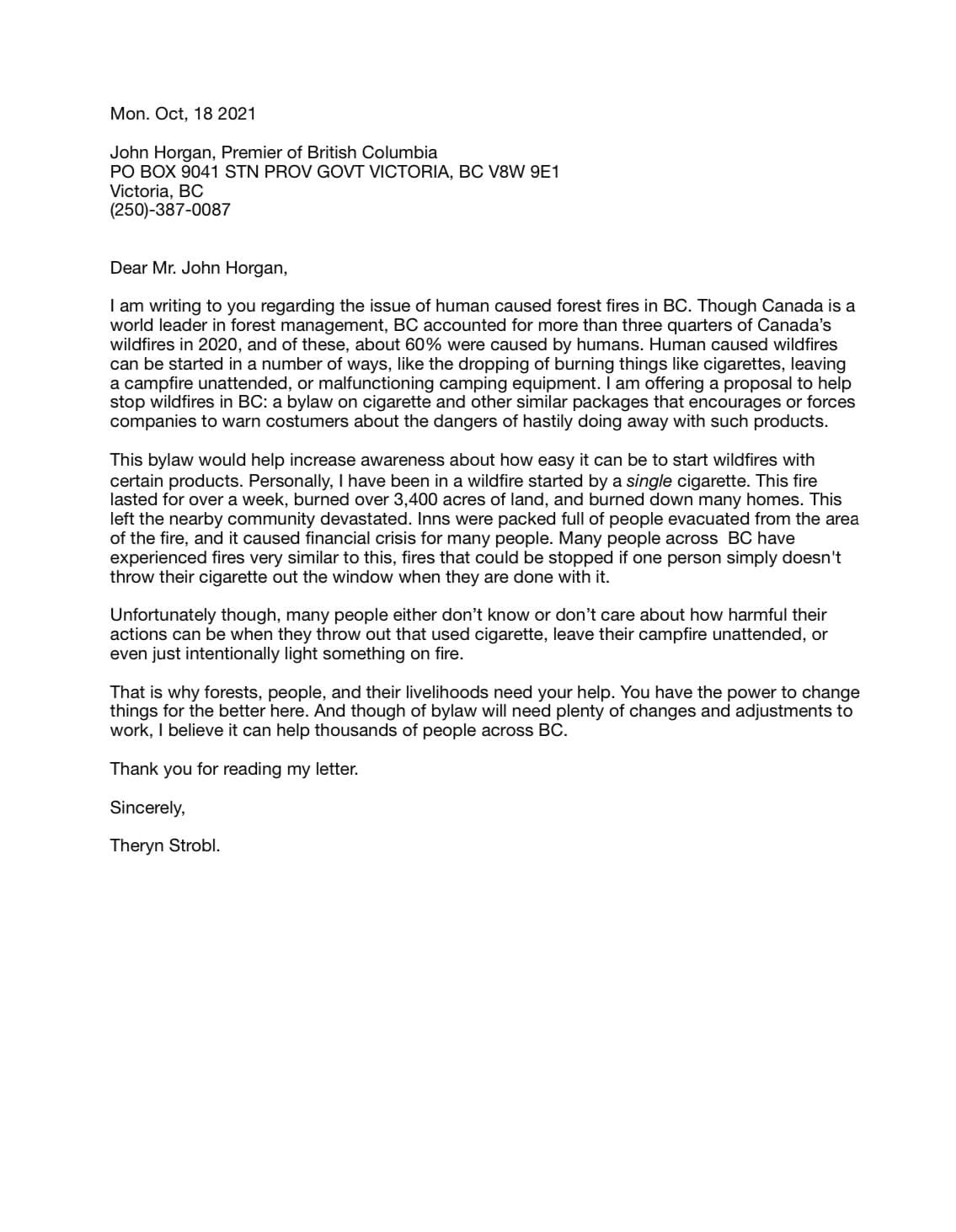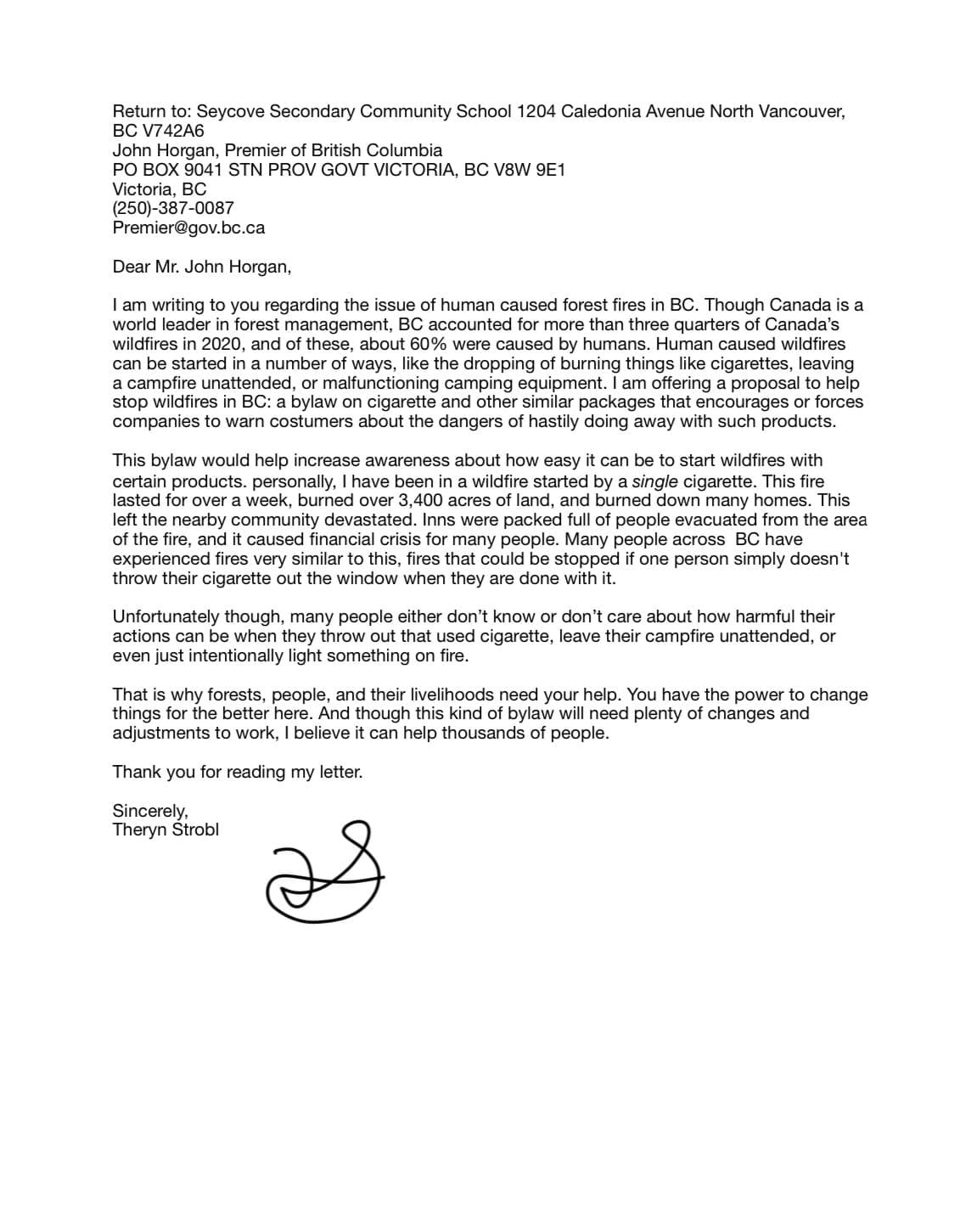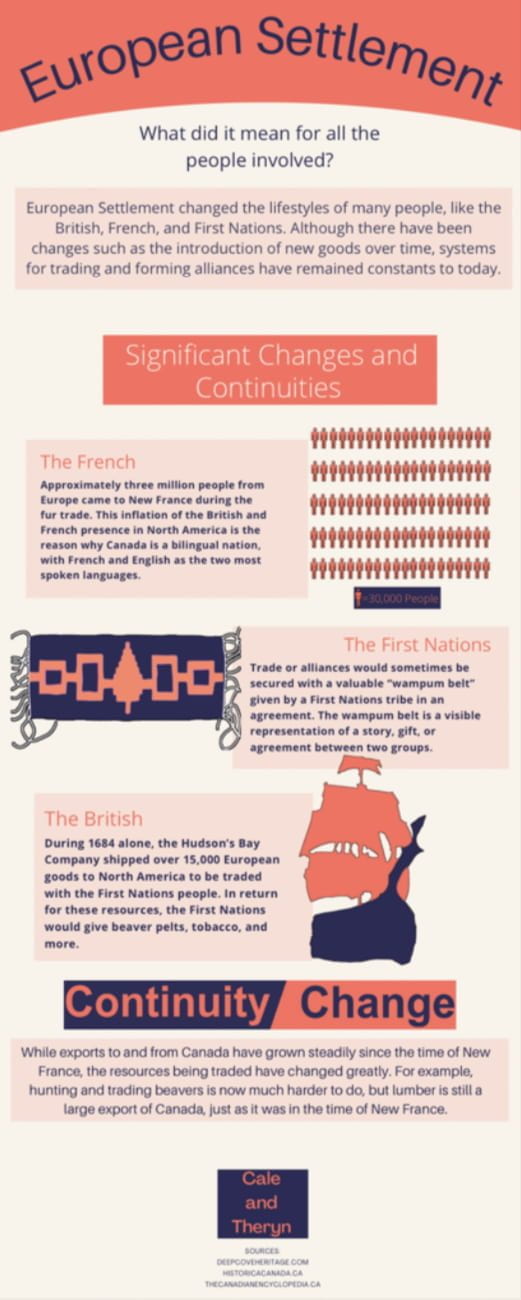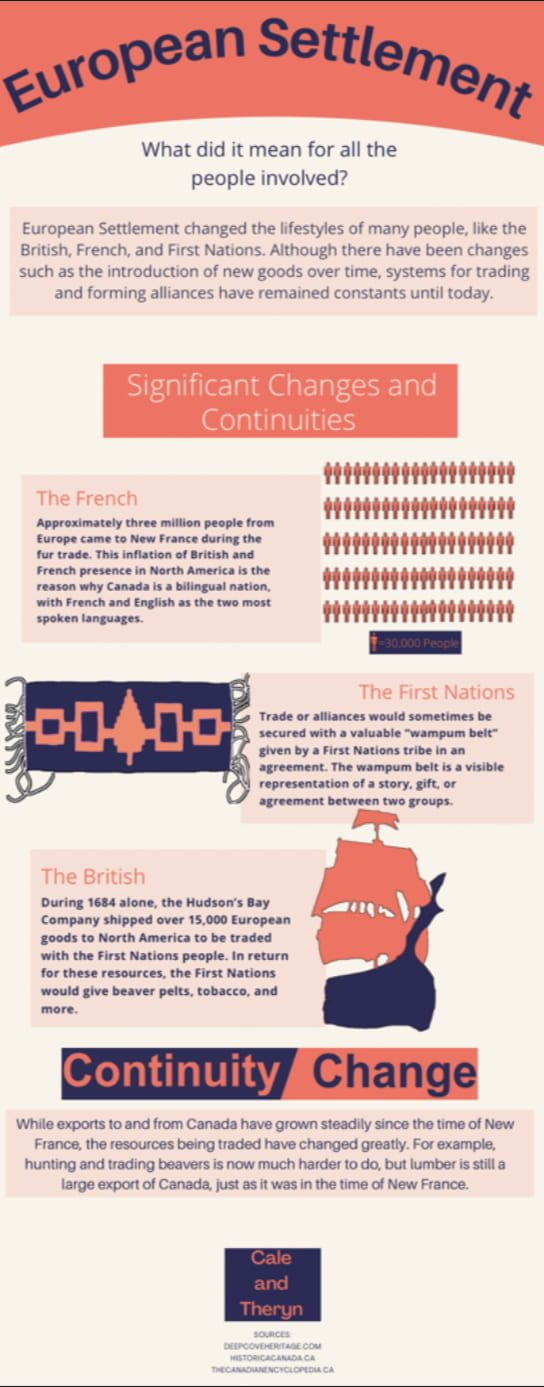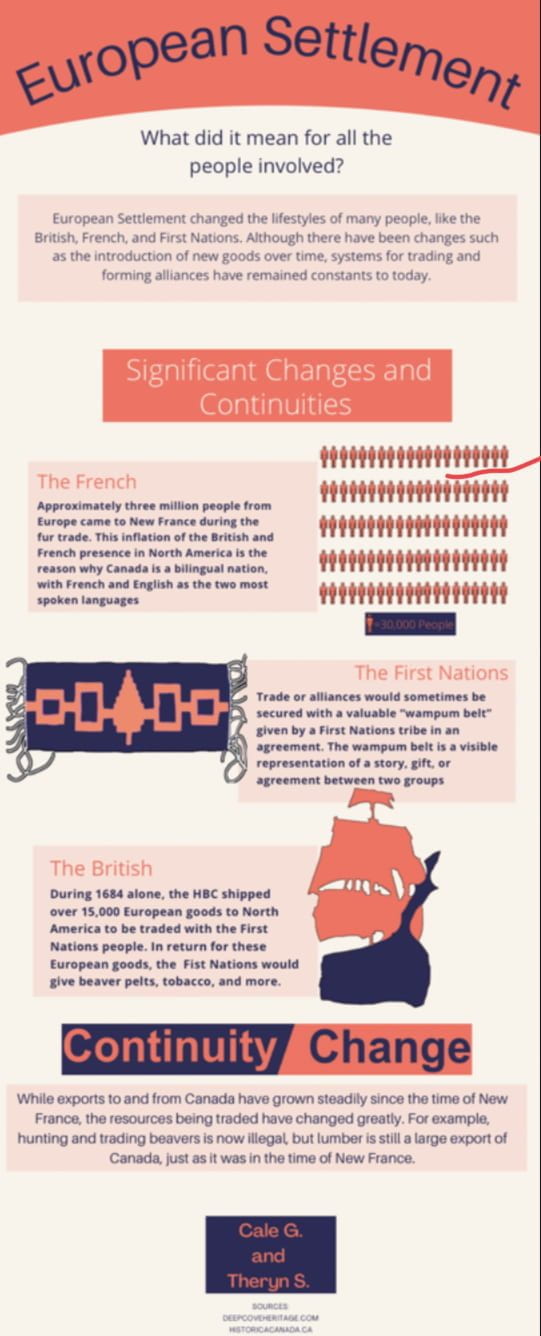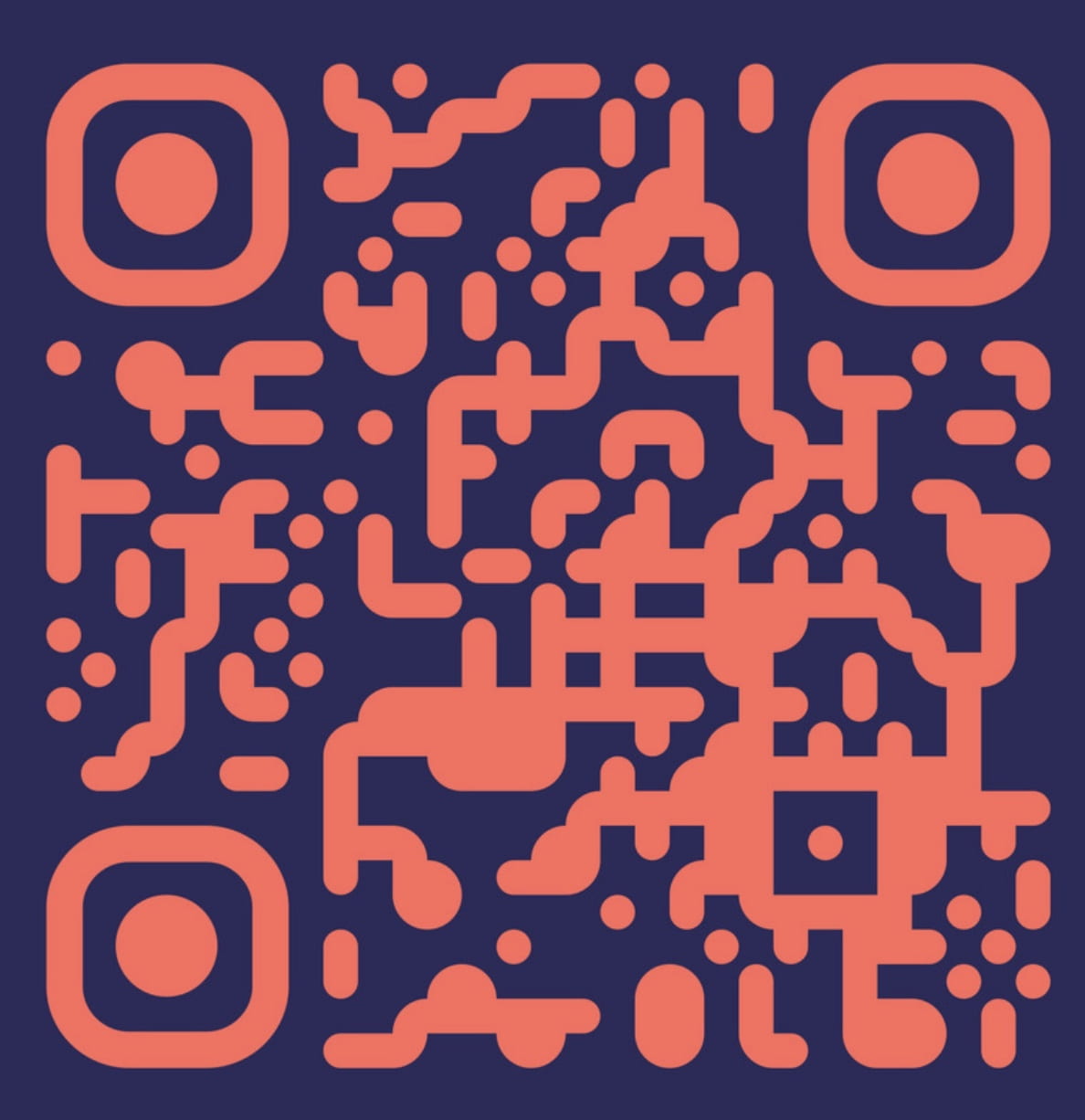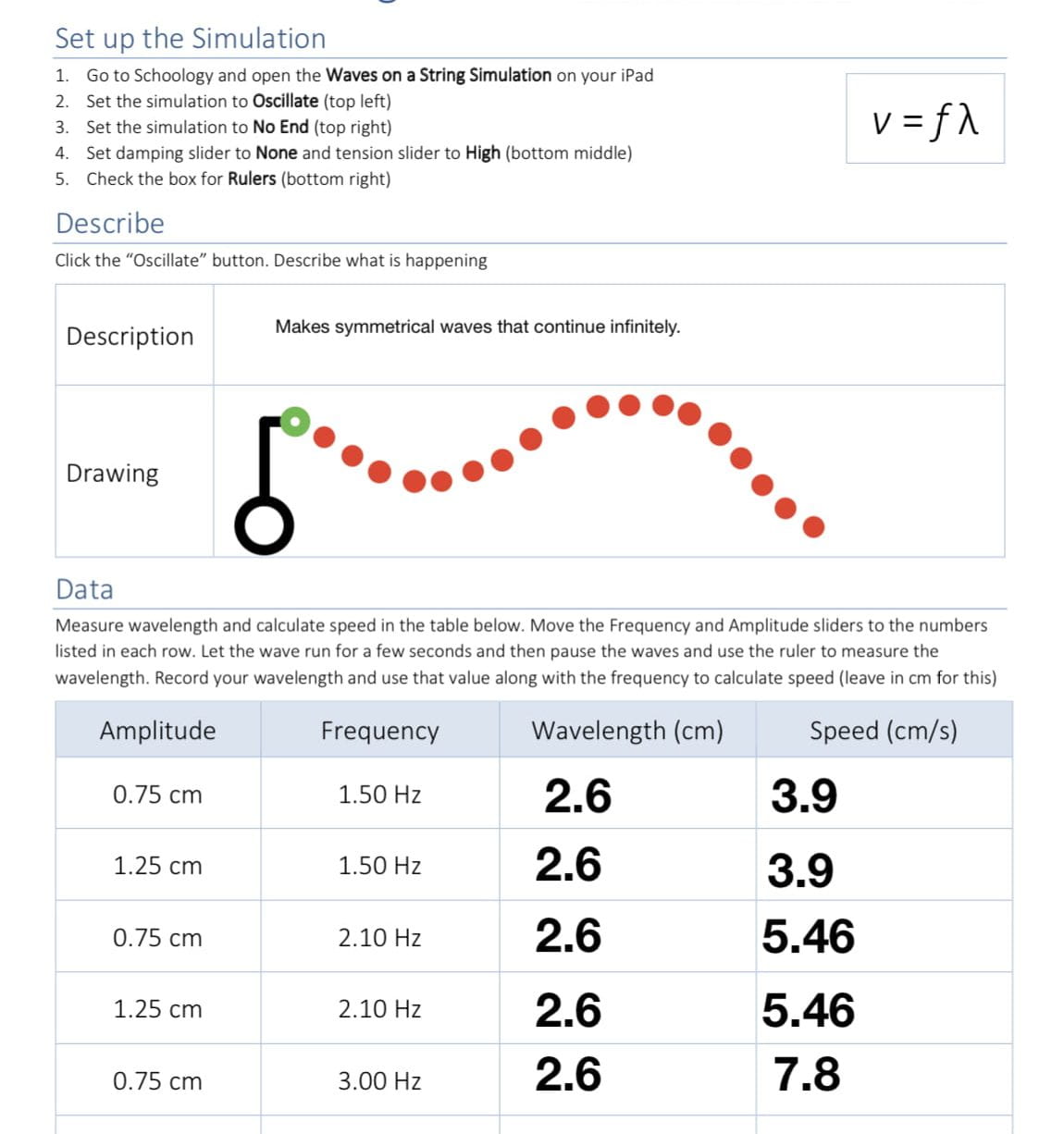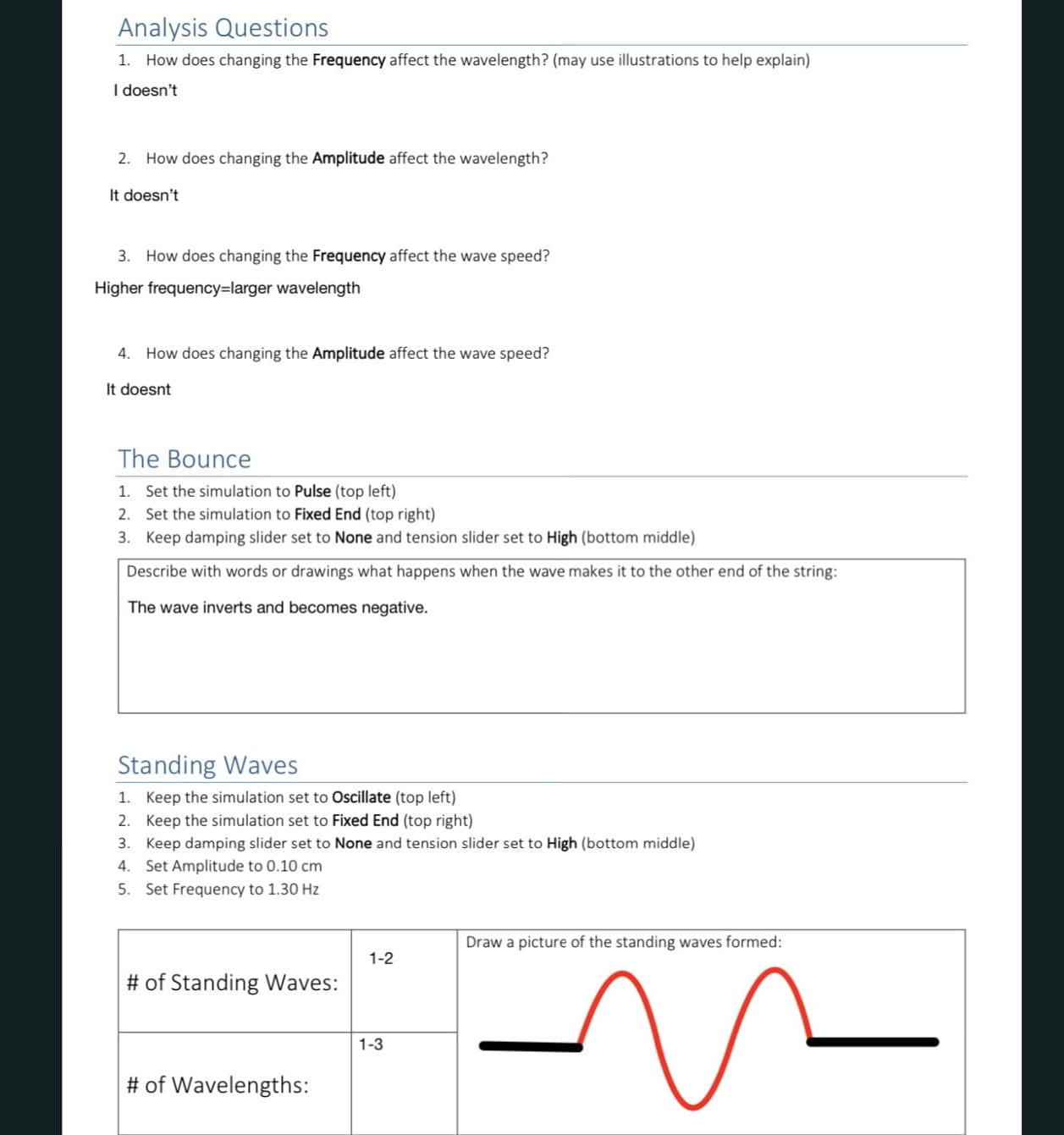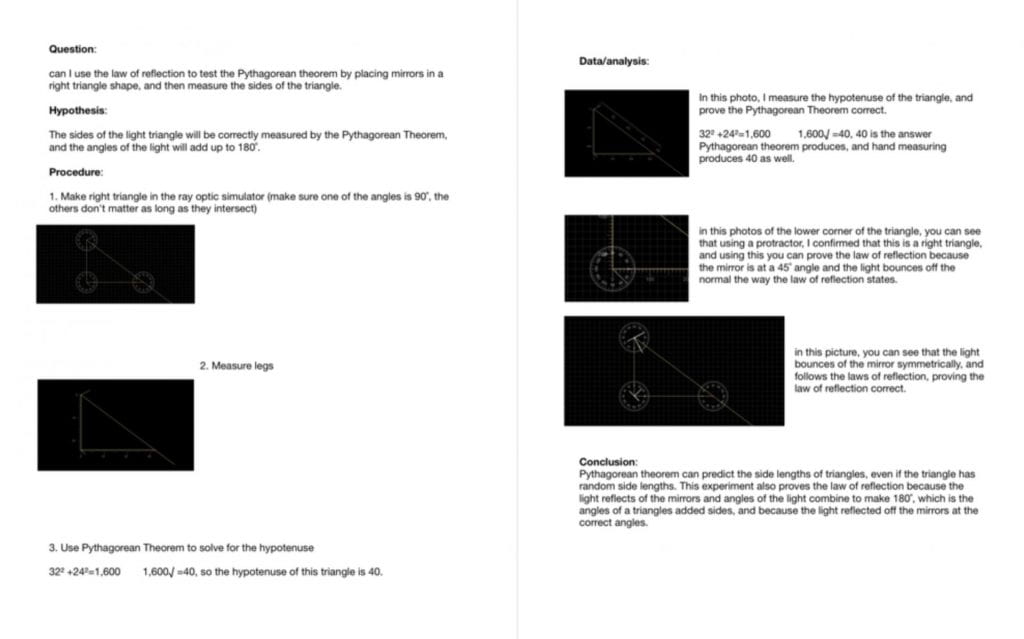Hello, and welcome to another post. Today, I am going to be talking about the latest PLP project I have done: people and the environment. The driving question for this project is: “How do people and the environment affect each other” and over the last five weeks, I have sought to answer that question. So, without further ado, here is the post.
The first thing we did was a writing activity about whether most people are protectors or destroyers of nature. For me, I almost immediately knew I thought they are destroyers. This is mine:
The end product of this project is a letter to someone important about an issue. The letter must include possible solutions to that problem, evidence of the problem, and a clear and meaningful call to action, with the intention of creating meaningful change within our province.
Throughout the project we did multiple commonlit activities to help us understand message, meaning, themes, and how to use evidence. Each commonlit consisted of a story, and then questions about the things above.
The first milestone in this project was a letter plan conference, were I pitched the idea for my letter and clarified my plan to make the product. I decided I would write to the premier of BC, Mr. John Horgan about a law that could help stop BC’s extremely large amount of forest fires. BC accounts for over three quarters of Canada’s wildfires, so I wanted to try and help. This conference went well and provided lots of much needed clarification.
The second milestone was just an accumulation of all the commonlits: hey, come on out, quiet town, the sea also rises, and Lee Sherman and the toxic bayou. And for milestone three, we were to choose one of these stories, and connect the theme of the story to the theme of our letter in a three paragraph write up. before writing, I wrote an outline for my multi paragraph writing to sort my thoughts.
And, in the 60 minutes of class time we had to write the paragraph, this is what I came up with:

If I were to do it again, I would try to connect the two themes more strongly, and try to cut down the first paragraph a ton. But, all in all, I think I did a pretty good job.
Now, just like in the last project, the milestones were kind of shuffled, so this whole time I was also writing drafts for my final letter. I wrote five drafts of my letter, which are featured below.
So, once my final letter was finished, I addressed it, put it in an envelope, and sent it off.
Thanks for reading my post! I learned a ton in this project, and will in the next one too, so stay tuned. See you in the next post, bye.
